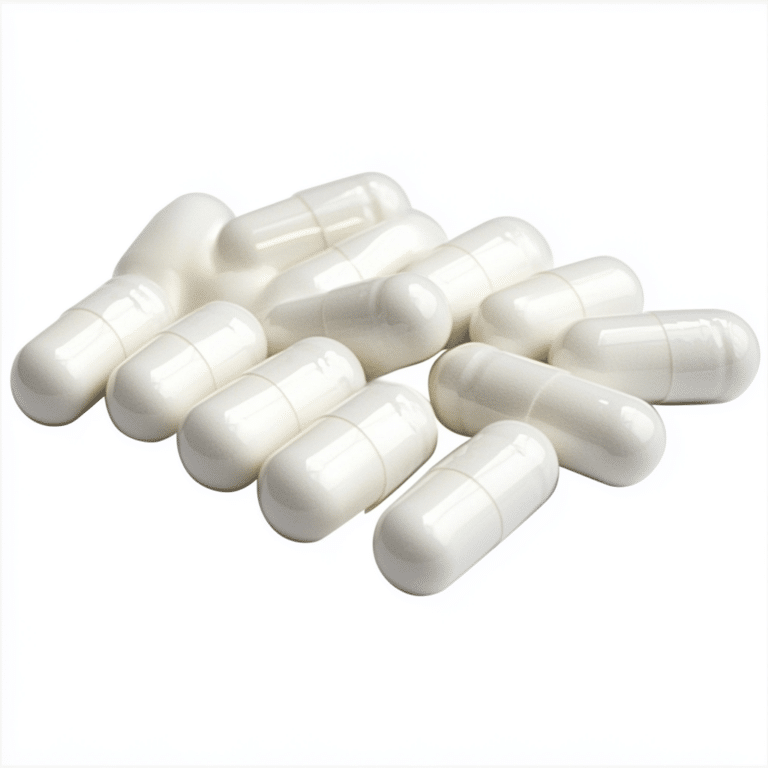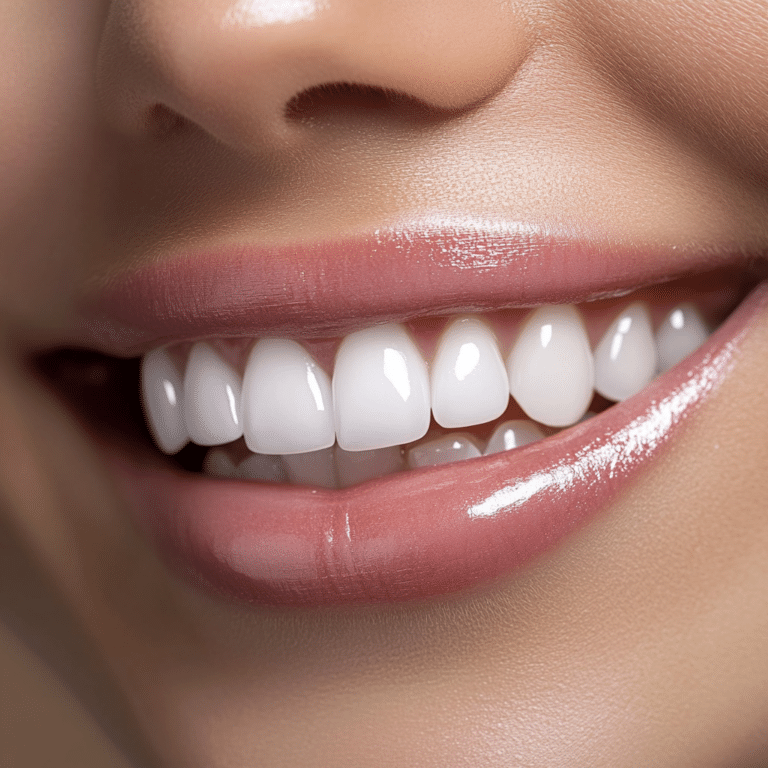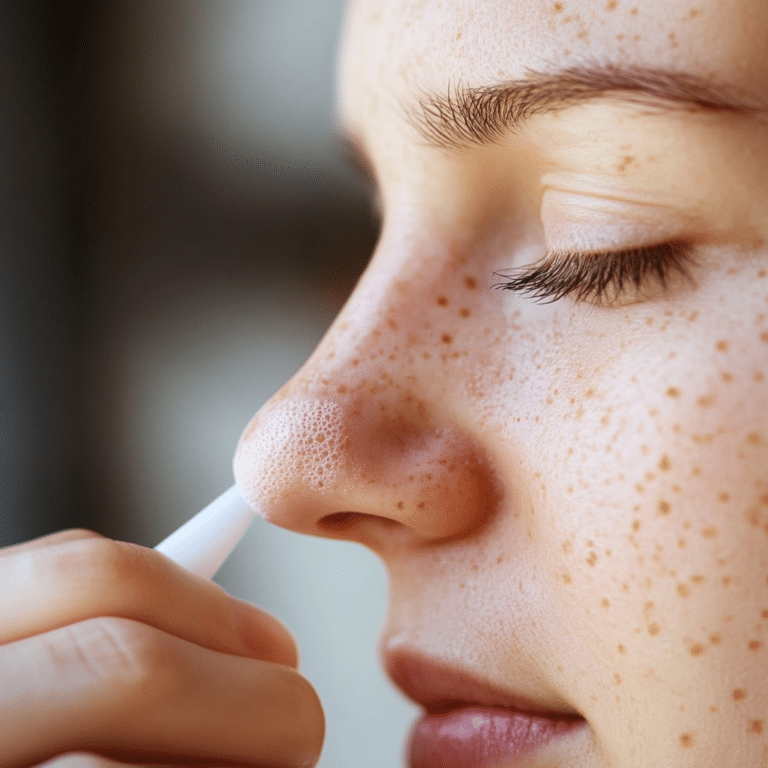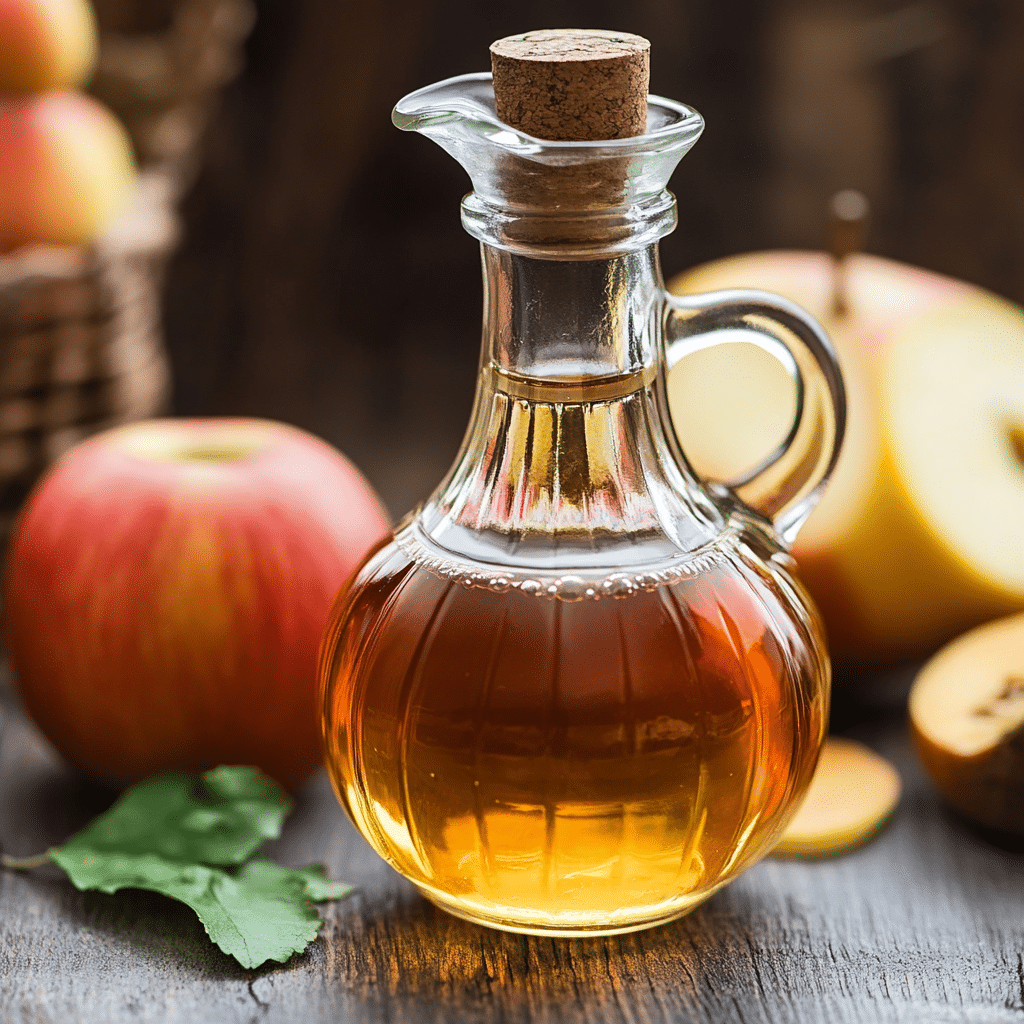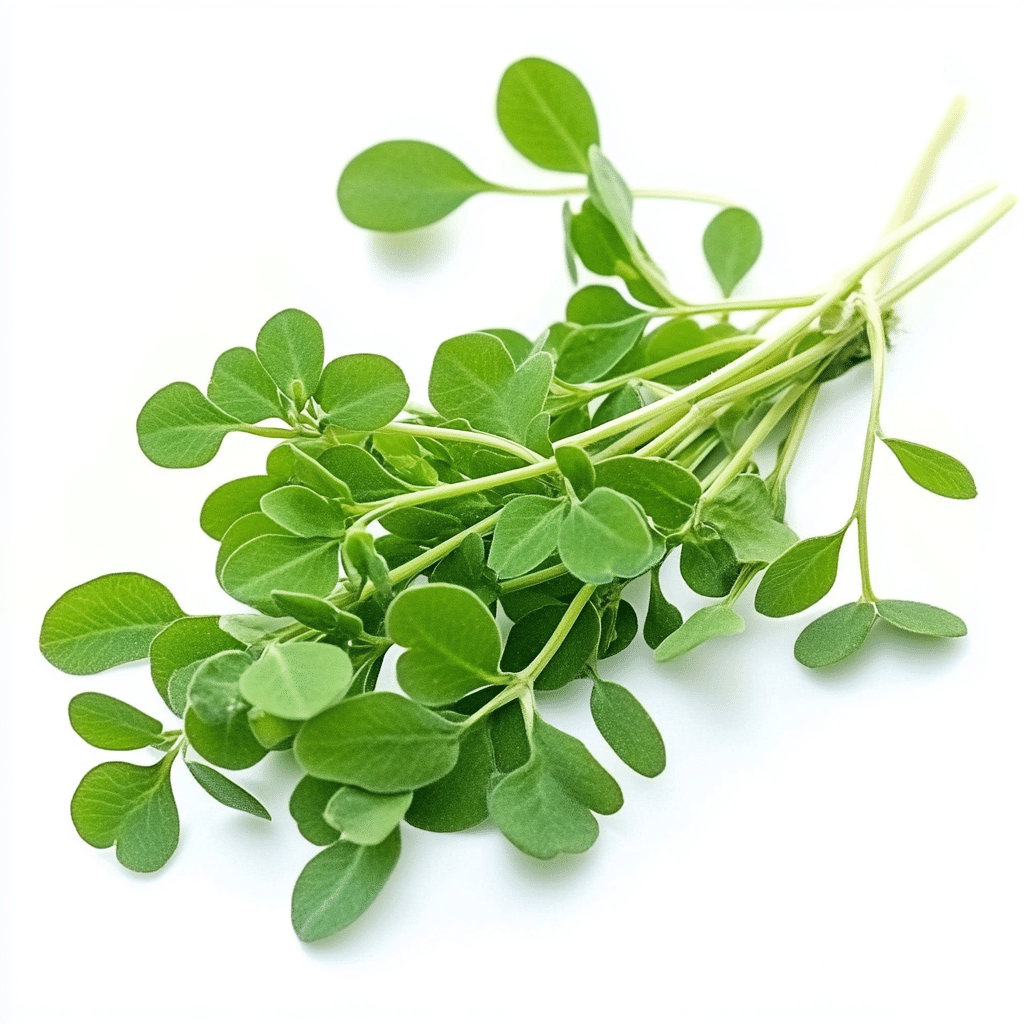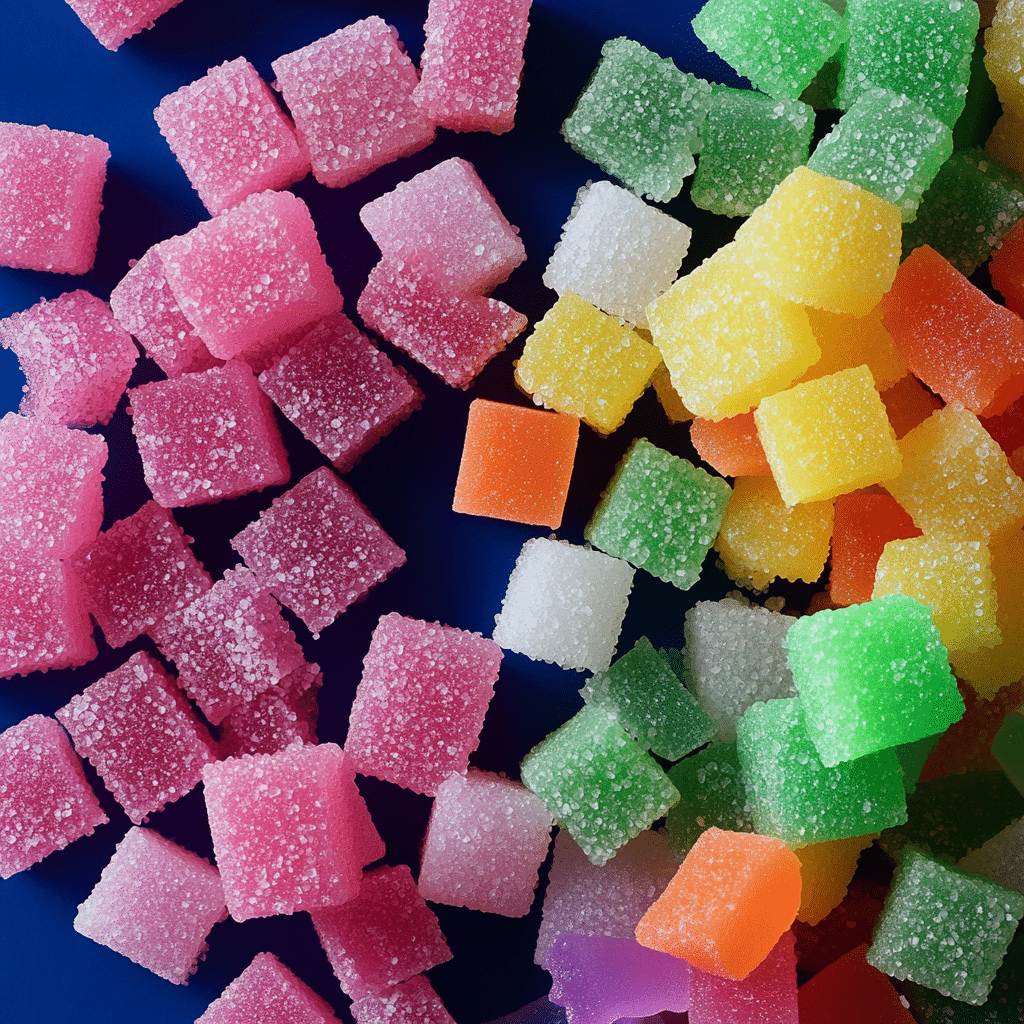When it comes to yoga, the right yoga mat can make all the difference. If you want to optimize your practice, you need the best yoga mats that prioritize comfort, grip, and eco-friendliness. Let’s kick off 2024 with an in-depth look at seven amazing mats that not only provide superior performance but also respect our planet. Whether you’re a beginner or a seasoned pro, these options are designed to unleash your full potential, helping you reach new heights in your practice.
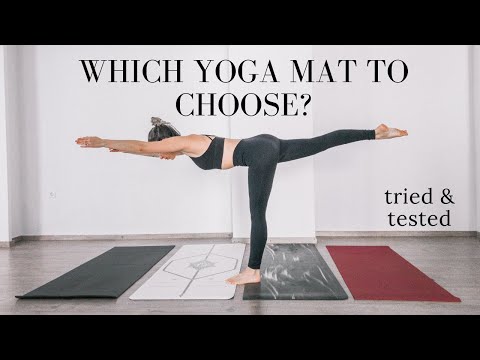
Top 7 Best Yoga Mats for Grip and Comfort
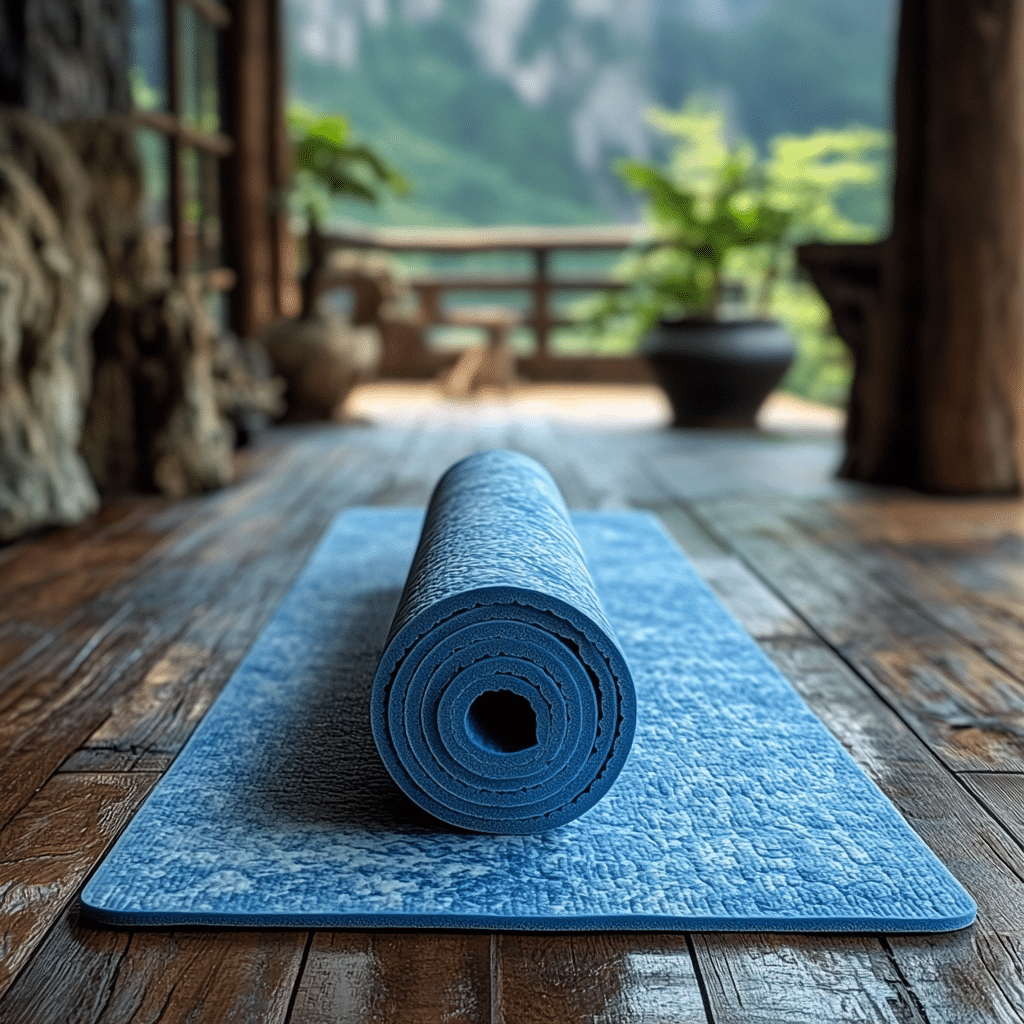
1. Manduka PRO Yoga Mat
The Manduka PRO Yoga Mat remains a top choice in the yoga community, and for good reason. This mat’s dense cushion offers unmatched support for your knees and joints, making it a powerhouse for both newbies and experienced yogis alike. Constructed from sustainable materials, this mat is free from toxic chemicals and boasts a closed-cell PVC foam design that resists moisture and bacteria – just what you need for a long-lasting mat that respects the environment.
Why You’ll Love It:
2. Jade Yoga Harmony Mat
Jade Yoga takes eco-friendliness to the max with its Harmony Mat. Crafted from natural rubber sourced from rubber trees, this mat not only feels great but also provides a textured surface that keeps you steady even during rigorous practice. Imagine sweating through a session without slipping! Plus, for every mat sold, Jade Yoga plants a tree, letting you practice your poses while helping to save the planet.
Features to Consider:
3. Gaiam Cork Yoga Mat
Take a look at the Gaiam Cork Yoga Mat, and prepare to be impressed. This mat’s cork surface provides excellent traction while its TPE backing compliments its environmental ethos by being eco-friendly. The unique material helps absorb moisture, which makes it ideal for hot yoga classes. Plus, it’s biodegradable, which resonates with yoga practitioners who care about sustainability.
Key Highlights:
4. Liforme Yoga Mat
Meet the Liforme Yoga Mat, a true game-changer with built-in alignment markers on its surface. This feature is fantastic for yogis who want to nail their form every time they hit the mat. Made from biodegradable natural rubber, the Liforme mat offers a non-toxic option without compromising performance. With its incredible grip, this mat is perfect for high-energy styles like Ashtanga or Vinyasa.
Why It’s Worth It:
5. prAna E.C.O Yoga Mat
The prAna E.C.O Yoga Mat proves it’s possible to have a lightweight and comfortable mat that’s also sustainable. Constructed using thermoplastic elastomer (TPE), this mat is durable and free from harmful chemicals like PVC. You get the best of both worlds here: a stable and cushioned surface for your practice without sacrificing your commitment to environmental health.
Notable Features:
6. Heathyoga Eco Friendly Non-Slip Yoga Mat
Heathyoga’s Eco Friendly Non-Slip Yoga Mat is a gem for performance and sustainability fans. Made from TPE, this mat is fully recyclable and completely free from harmful elements like PVC and BPA. It features an extra-cushioned design that’s perfect for sensitive joints while providing a non-slip surface to keep you grounded.
What Sets It Apart:
7. Yoloha Yoga Cork Mat
Experience the fantastic Yoloha Yoga Cork Mat, where style meets function! This mat combines cork with natural rubber to give you terrific grip and support. As you sweat, the traction actually improves, making it fantastic for hot yoga. Crafted with sustainability at heart, this mat promotes responsible practices to lessen environmental impact.
Highlights to Love:
![✅😍Top 5 Best Yoga Mats [ 2025 Buyer's Guide ]](https://www.chiseled-magazine.com/wp-content/cache/flying-press/2conhP_culs-hqdefault.jpg)
Selecting the Right Yoga Mat for You
Choosing the best yoga mat isn’t just about brand flair; it really hinges on personal preference and your practice style. Keep these factors in mind:
The mats mentioned above address various factors, ensuring there’s something for everyone. You’ll find the ideal balance of comfort, grip, and eco-friendliness tailored to your preferences.
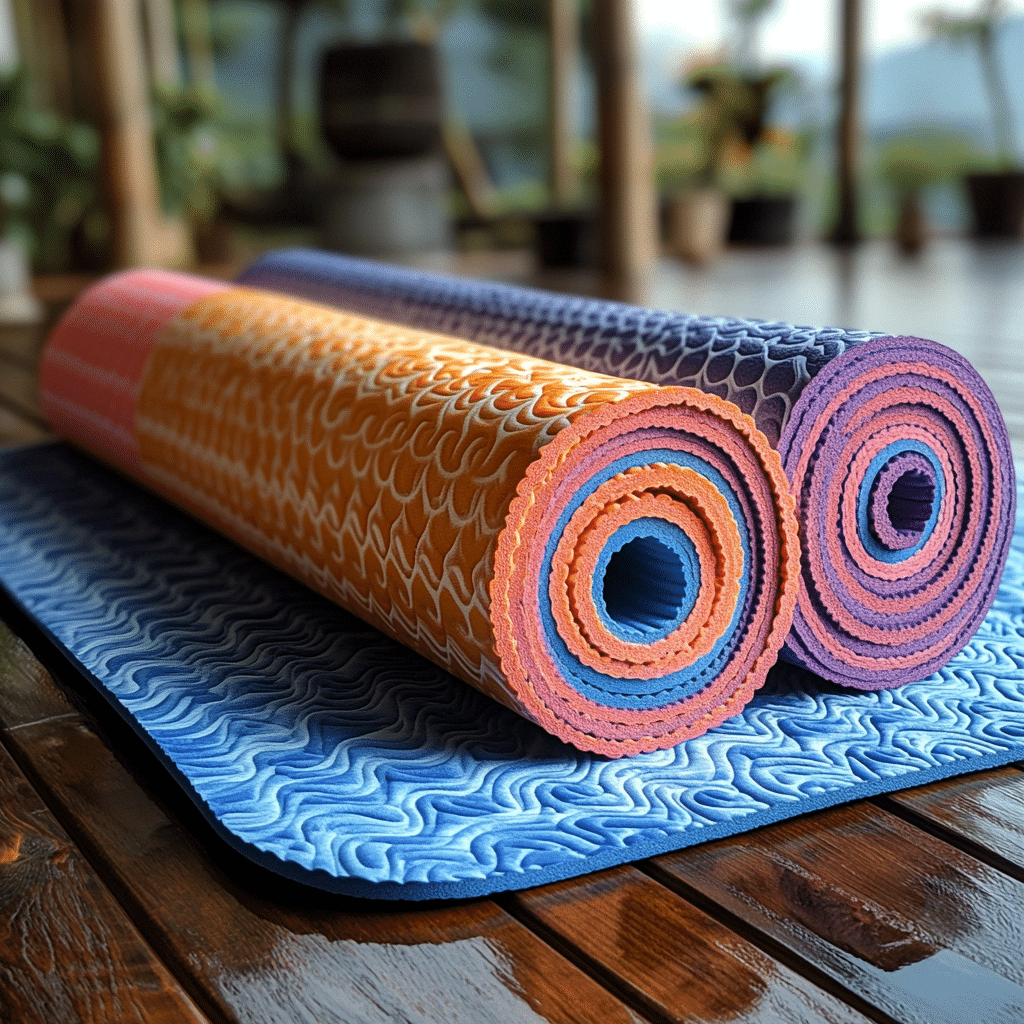
The Broader Impact of Sustainable Yoga Practices
Investing in eco-friendly yoga mats aligns with a bigger lifestyle choice that elevates our wellness journey. When we choose sustainable products, we’re not just nurturing our bodies; we’re positively impacting our environment, too. This commitment fosters a sense of community and collective responsibility, encouraging others to explore mindful practices that protect our planet.
In 2024, as you hone your yoga skills, let the emphasis on comfort and sustainability guide you. By selecting mats crafted with care, you elevate both your practice and the legacy you leave behind. So, roll out that eco-friendly mat, let the zen flow, and be part of the global shift towards a greener tomorrow.
So what are you waiting for? Embrace the movement towards sustainability and comfort in your practice. It’s time to get ripped, bring balance into your life, and do it all while being kind to the Earth. Let’s crush those limits together!
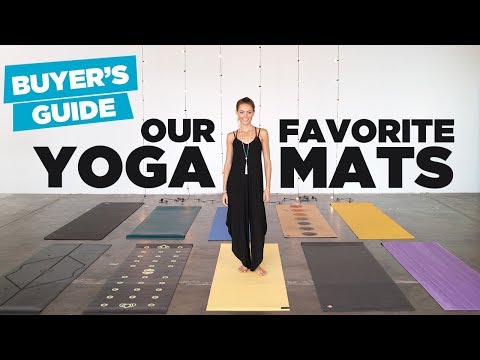
Best Yoga Mats for Comfort Grip and Eco-Friendliness
Fun Facts About Yoga Mats
Did you know that the best yoga mats are made from a variety of eco-friendly materials, ensuring a greener practice? Brands are now embracing natural rubber, jute, and even recycled plastics to provide a sustainable choice for yogis. As you’re stretching into your downward dog, it’s reassuring to know that your mat could be contributing to environmental health—kind of like how federal tax credits help homeowners make eco-friendly upgrades to their properties.
In addition, the thickness of yoga mats can greatly affect your comfort during poses. While many prefer a standard 3mm thickness, some yoga enthusiasts are diving into 6mm or thicker mats for added comfort, much like how the comedic touch in white Chicks 2 delivers extra laughs in classic scenarios. Plus, have you ever appreciated the grip on a mat? Mats with textured surfaces let you hold poses longer, keeping you stable just like the vibrant movements seen in Hanamaru.
Yoga Mat Trivia
Speaking of grip and comfort, ever notice the colorful designs on yoga mats? Brands often collaborate with artists or fashion designers to create stunning visuals. Think of mats as wearable art. For example, Agua Bendita, a Colombian brand known for its beautiful designs, has ventured into activewear, which echoes this trend. Honestly, if you’re going to feel great while you twist and turn, why not look good doing it?
Finally, the journey to finding the best yoga mat doesn’t have to be all serious. It can be quite entertaining! Some companies have even turned mat production into an art form, focusing on unique patterns that remind you of the beautiful things—like a beautiful zeppelin cannon. So, whether you’re practicing warrior poses or relaxing in savasana, remember: the right mat contributes not just to your practice but to your overall enjoyment as well!
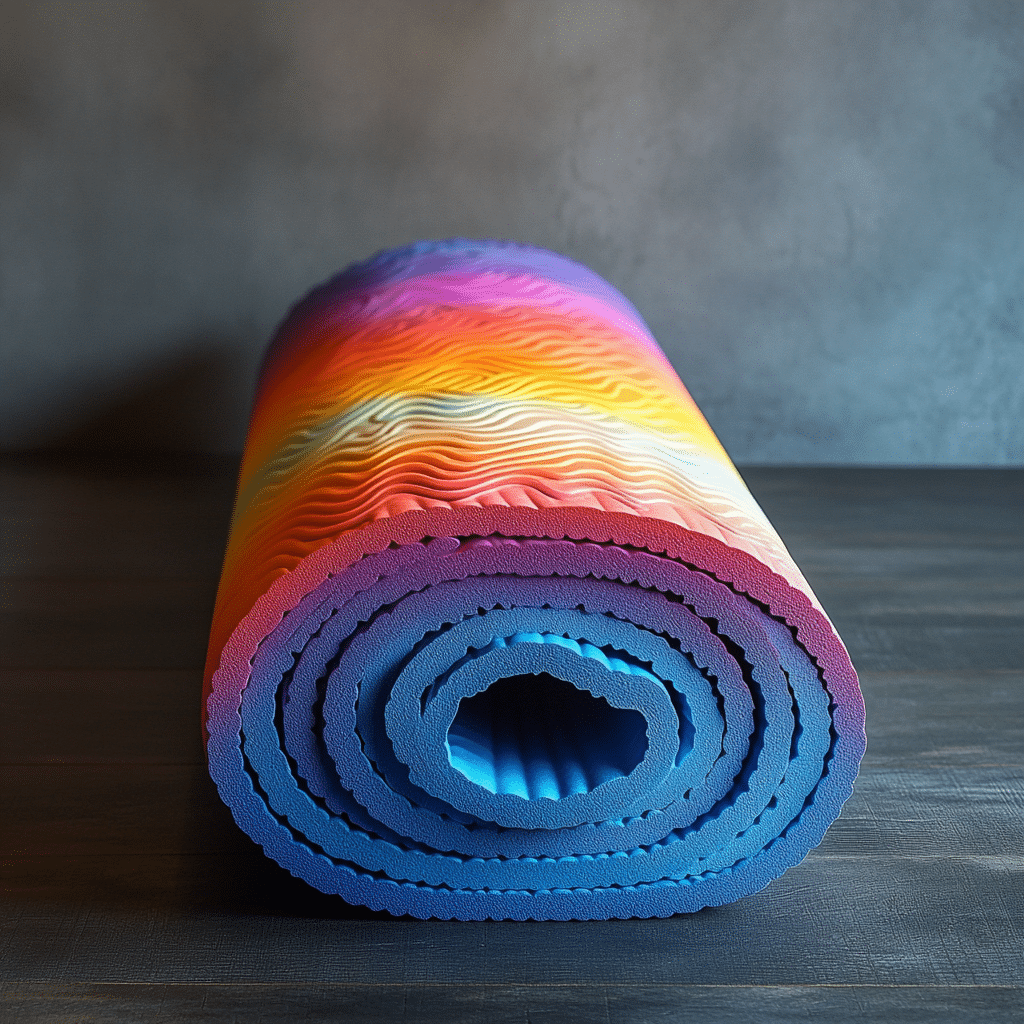
What is the best mat to use for yoga?
If you’re looking for a reliable yoga mat, you can’t go wrong with the Manduka PROlite. This mat is favored for its durability, comfort, and grip, making it a solid choice for anyone who practices yoga frequently.
What is the best thickness for a yoga mat?
The best thickness for a yoga mat generally falls between 3 mm to 6 mm. A 3 mm mat offers better stability and ground connection, while thicker mats provide more cushioning, which can be helpful depending on your style of practice.
What is the healthiest material for a yoga mat?
Healthiest yoga mats are often made from natural materials like rubber, cork, or TPE. These options are not only safer for you but also more environmentally friendly since they’re usually biodegradable or recyclable.
Is PU or PVC yoga mat better?
PU is considered a better option than PVC for yoga mats. PU mats generally don’t use the same harmful chemicals as PVC and are also more degradable over time, making them a greener choice.
How often should you replace your yoga mat?
It’s a good idea to replace your yoga mat every few years, depending on how often you use it and how it holds up. If you notice a loss of grip or cushioning, it’s definitely time for an upgrade.
Is foam or cork better for yoga mat?
Cork mats offer good grip and stability, while foam mats are lighter and often less expensive. It really comes down to your personal preference and what feels best for your practice.
Is it better to use a thick or thin yoga mat?
Choosing between a thick or thin yoga mat depends on your practice style. Thicker mats provide extra cushioning for restorative practices, while thinner mats are better for stability during stronger flows.
What is the most common size yoga mat?
The most common size for a yoga mat is 24 inches wide and between 68 to 72 inches long. This size generally accommodates most people comfortably during their practice.
Is a 12mm yoga mat too thick?
A 12mm yoga mat might feel too thick for some, especially if you’re looking for stability during balanced poses. It’s best suited for those who prefer extra cushioning or have specific needs.
Are Lululemon yoga mats safe?
Most Lululemon yoga mats are safe as they often use non-toxic materials, but it’s always good to check the specific product details for peace of mind.
What should I use instead of a yoga mat?
Instead of a yoga mat, you could use a thick beach towel, a blanket, or even a carpeted surface. Just make sure whatever you choose is stable and comfortable for your practice.
What are manduka mats made of?
Manduka mats are typically made from high-quality PVC or natural rubber, designed for durability and longevity during workouts.
What mats do yoga instructors use?
Yoga instructors often favor mats like the Manduka Pro or other high-quality options that offer a good balance between grip, cushion, and durability.
Is PU more expensive than PVC?
PU mats can be more expensive than PVC mats, but many find the investment worthwhile due to their longer lifespan and eco-friendliness.
Are PVC yoga mats good or bad?
PVC yoga mats can be durable and budget-friendly, but they’re also linked to some health risks due to the chemicals used in their production, so they might not be the best choice long-term.
Which yoga mat is better, 4mm or 6mm?
Choosing between a 4mm or 6mm yoga mat depends on your preference for cushioning versus stability. A 4mm mat offers a nice balance for most practices, while a 6mm is better for those needing extra support.
Is 1.5 mm yoga mat too thin?
A 1.5 mm yoga mat is generally considered too thin for most practices, especially if you need some cushioning and grip. It might be better for travel or in low-impact situations.
What thickness exercise mat is best?
For an exercise mat, a thickness of around 6 mm is usually recommended, as it provides a good balance of comfort and stability for various workouts.
Is 3mm thick enough for yoga mat?
A 3mm mat is often enough for yoga, especially for those practicing styles that emphasize balance and grounding, such as Ashtanga or Vinyasa.
What is the best surface for yoga mat?
The best surface for a yoga mat is textured, as it helps maintain grip during more intense poses and flows. Textured surfaces can provide added stability and confidence.
Which is better rubber or foam yoga mat?
Rubber mats typically offer better grip and durability than foam mats, making them a preferred choice for yoga practices. However, foam mats can be lighter and easier to transport, which some people appreciate.
Is it better to have a thick or thin yoga mat on carpet?
When practicing on carpet, a thicker mat might be preferable for added stability and cushioning, but a thinner mat can also work if you like a firmer connection to the floor underneath.
What’s the difference between a workout mat and a yoga mat?
Workout mats are usually thicker and more cushioned for a variety of fitness activities, while yoga mats are thinner to allow better connection with the ground and better grip during poses.



